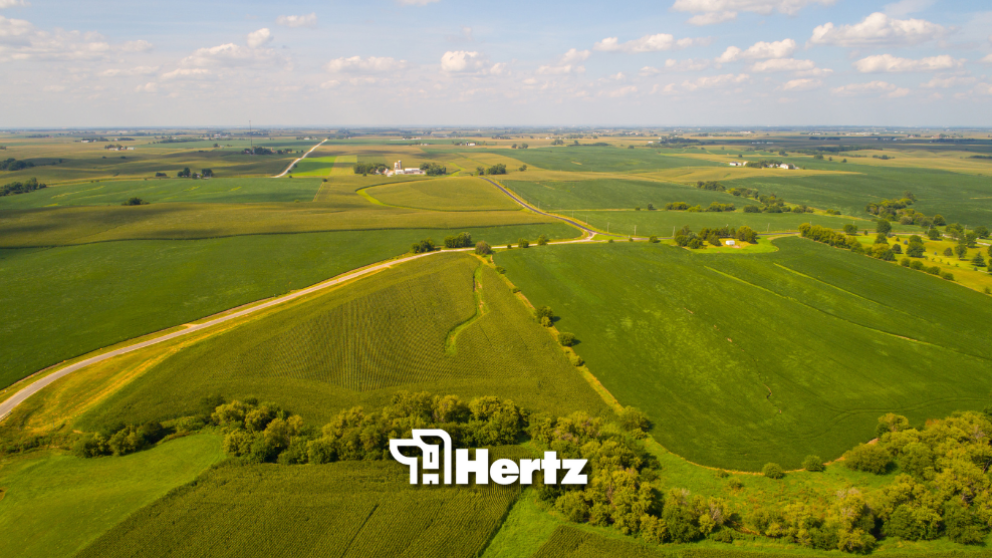Farmland Value Update - Winter 2025

I’m sure many of you have heard the phrase, “Steady as she goes,” used to describe a variety of situations in life. The phrase has a nautical origin, meaning to maintain the current course and pace of a vessel by keeping it steady and focused on its heading. As fall harvest concludes and the winter planning season emerges, that phrase is how I would currently describe the Midwestern farmland market.
The early flush of September pre-harvest land sales surprised me in their overall stable results—and they were actually a tad stronger than I’d anticipated. None set a new high watermark, but there was competitive participation and overall solid resulting prices. There’s no denying that pressure in the countryside is real, however, as grain markets are weak and 2026 input prices are slow to decline.
Iowa Farmland: Modest Declines Amid Tight Supply
The Iowa Chapter of the REALTORS Land Institute reported a 1.2% decrease on a statewide average for the March 2025 to September 2025 period. This followed a 1.0% decrease in the prior six-month period from September 2024 to March 2025, reflecting an annual 2.2% softening for Iowa tillable acres. Survey respondents described the market as stable despite downward movements in corn and soybean prices across recent months. Lack of inventory continues to help support land values.
Illinois Values Ease at Mid-Year Checkpoint
According to the Mid-Year Survey conducted by the Illinois Society of Professional Farm Managers and Rural Appraisers, nearly 70% of respondents reported 2–3% declines in land values during the first half of 2025, while the remainder reported little to no change since January. More than 60% of land buyers across Illinois during this period were active farm operators, with the balance made up of local investors, non-local individual investors, and institutions.
Minnesota Market Mixed with Weakening Fundamentals
According to the Minneapolis Fed’s Q2 2025 Ag Credit Survey, farmland values across the Ninth District (which includes Minnesota) were mixed. Non-irrigated cropland values were reported as marginally weaker (less than 1% off), while irrigated and ranchland values rose 2%. The Federal Reserve and local lenders have both reported that farm finances weakened in 2025 for row-crop producers across Minnesota.
Nebraska Row-Crop Market Cools, Livestock Land Strengthens
After several consecutive years of steady gains, Nebraska farmland took a step back in 2025. The University of Nebraska–Lincoln’s annual survey pegged average cropland values 2% lower than a year ago. Weakness in the row-crop sector contrasts with single-digit gains seen in grazing and hay land values, supported by strong performance from the livestock sector.
Conclusion
As for farmland sales between now and next spring, I’ve mentioned in some recent discussions that this market setup reminds me of 2015 to 2019—when we last experienced prolonged profitability pressures. During that time, producers did all they could to “bushel through” the commodity price weakness, and they continued to acquire nearby farms when it made operational sense. Based on the early land sales this fall, I anticipate much of the Midwestern land market will approach buying farms this winter in a similar way. Long-game thinking. At times the market may feel like walking a tightrope—but for now, steady as she goes.










